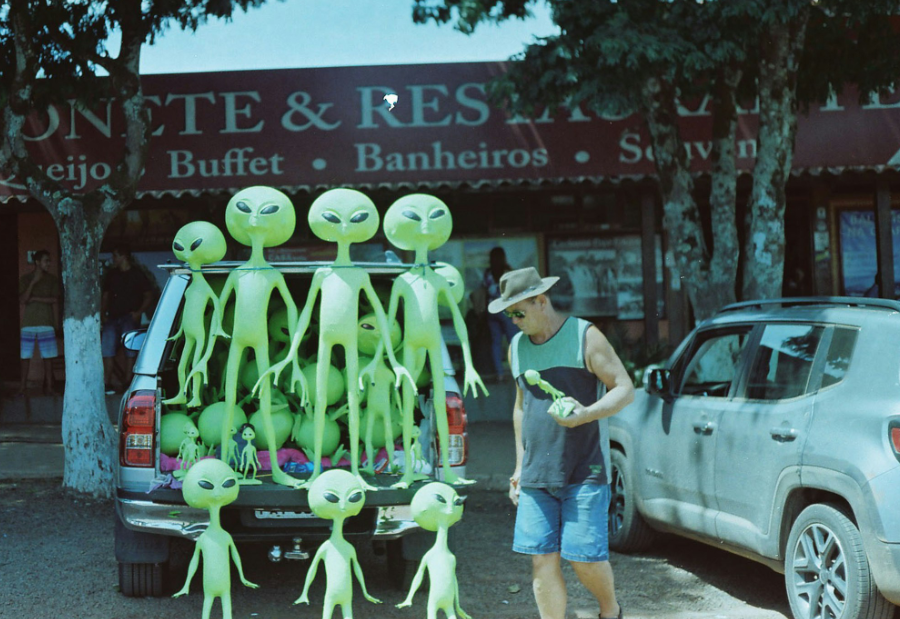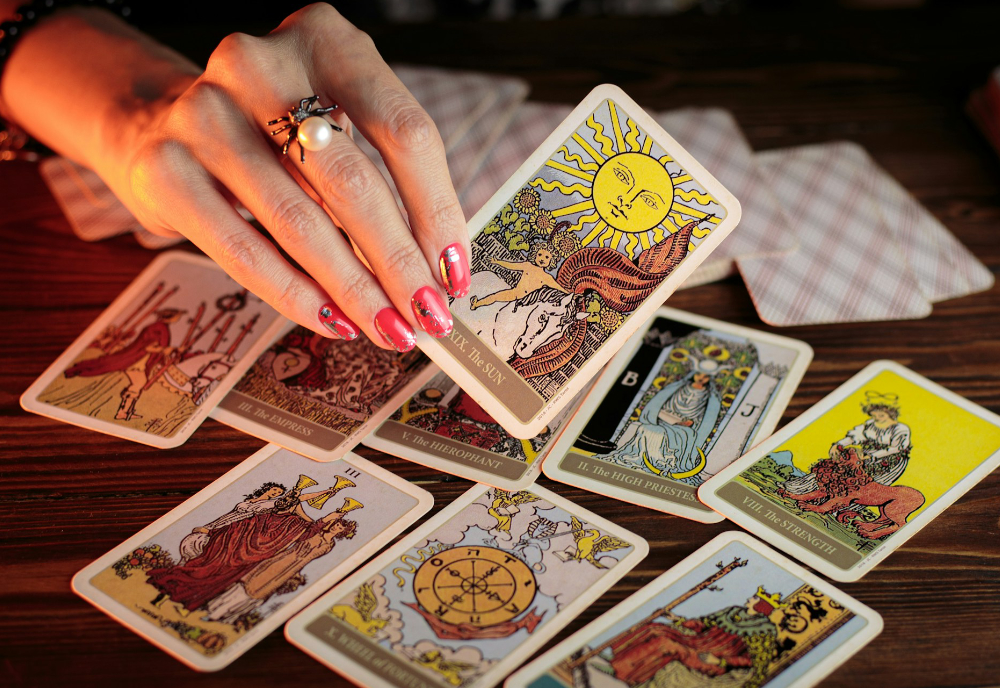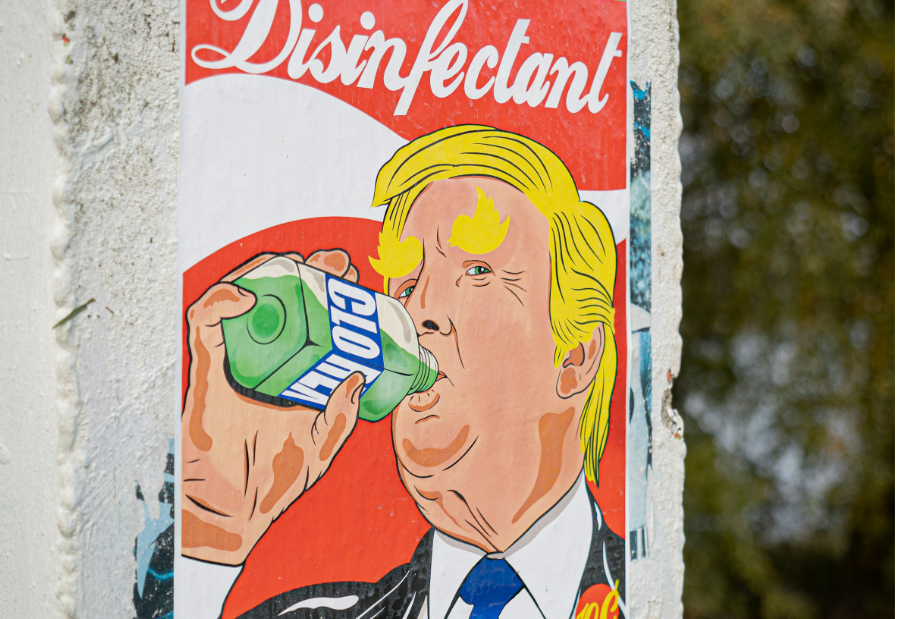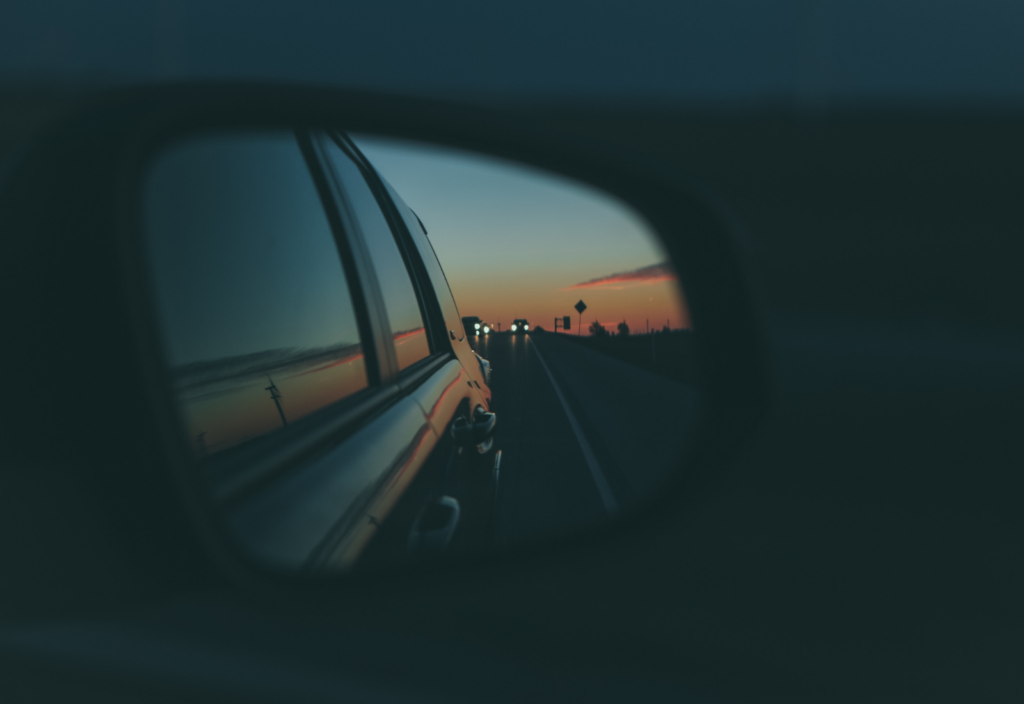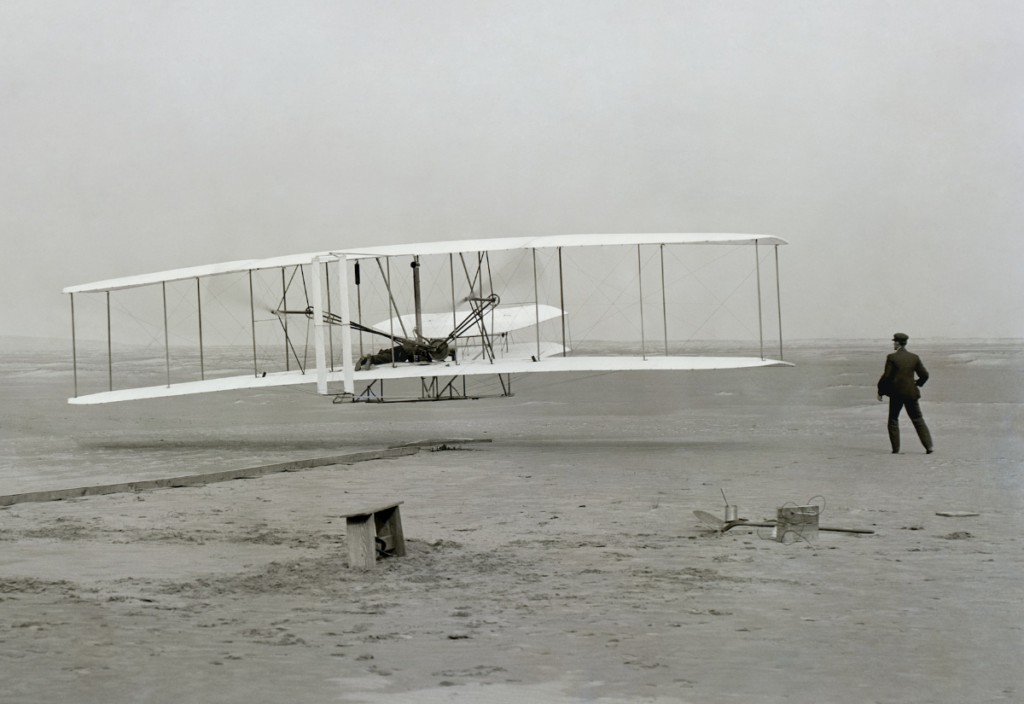Remember the time when claiming to have been abducted by aliens was all the rage among the hillbillies, crackpots and anyone desperately trying to explain away a suspicious bum injury?
But stereotyped scrawny moonshiners can be forgiven for believing stories of alien abductions, those typically perpetuated in the cloak of night. In 1969, before becoming president of the United States, Jimmy Carter filed a report with the International UFO Bureau in Oklahoma City of what he took to be a UFO.
It wasn’t until 2016, when an Atlanta woman called a local TV station to report the same UFO had landed in a tree at the end of her street, that a researcher finally solved Carter’s sighting and proved him half-right.
A former Air Force scientist, Jere Justus, read Carter’s description and knew almost instantly what the he had seen – a high-altitude rocket-released Barium cloud to study winds in the upper atmosphere.
Carter, not known for his temperament when it came to denouncing credulous ideals told People magazine in 2019: “It makes total sense now. It was a chemical haze.”
While credulity among the public for tales of the astonishing – including for example religious and spiritual beliefs – is correlated with growing scepticism, we have witnessed the growth of a new culture, the visual consumer culture, with all its worship of constant convenience, desperately fawning customer service and instant gratification.
Scepticism in various aspects of life, including consumer trust in brands, climate change perceptions, and even science in general, is on the rise. But scepticism alone is a convenient short-hand for a deeper, psycho-social, historical and cultural phenomenon spanning the past 75 years.
The UFO spectacle sits alongside the manifestation of a hallow yet distinctly visual consumer culture acquiring the dimensions of an alternative reality and reflecting the breakdown of the distinction between what was once – the visible and the invisible, the material and the spiritual, the irreverent and the sacred, the phenomenal and the noumenal.
Such a culture replaced the dull, grey world with its own phantasmatic iridescence. It didn’t matter whether people could genuinely buy a part of the universal plenty.
What mattered was the mythology – the illusion of bountiful possibility and limitless choice, wrapped up in a spectacularity borrowed from the celebrity industry.
When German social theorists and intellectuals associated with the Institute for Social Research at the University of Frankfurt arrived in New York during their wartime exile in the 1930s, they found giant billboard ads for toothpaste even more-nerve jangling than they had expected.
Here was a culture entirely mortgaged to the secular spectacular. In previous centuries, what was visually remarkable stood for the other-worldly, the spiritual.
Left behind were the baroque façades, the soaring spires of cathedrals, the carmine and cobalt stained-glass windows, the devotional processions and carnival parades. These had all attested that there was an intangible reality beyond the physical one – a reality that could at most be suggestively delineated in extraordinary sights.
The impulse against the visual culture, however, is buoyed by the very fact that they can be seen and, importantly, bare traces of human artifice.
Where people were convinced that they had seen the other world – UFOs, bespoke almost manna from heaven – impinging on material reality, or were persuaded that others had, the connection between what one could see and what one might believe only grew deeper.
Materialisations of the Blessed Virgin at Lourdes in France in 1858, at Knock in Ireland in 1879, and at Fátima in Portugal in 1917 suggested that visions of the first Christians – those who not only saw but spoke to, ate with and touched their risen Lord – were still available for anyone with eyes to see.
What these countervailing powers have brought about in postmodern society is a different kind of scepticism. A large element of rationalist doubt, certainly, accompanies the decline of interest in the paranormal, driven primarily by these cultural and, latterly, technological factors.
Yet, underlying that doubt itself is the incredulity with which people evaluate anything and everything.
Supermarket discounts appear to offer wines at half-price; products for smearing on your face purport to make you look younger; little green men piloting flying saucers from Mars. These are the all-too-evident mendacities.
And the way this stuff has permeated culture as a whole has bred a widespread incurious scepticism.
We now extend the same degree of undifferentiating refusal even to those phenomena that, while hard to credit, deserve to be heeded.
Contemporary scepticism takes the role of playing along with the clamour because there seems to be no alternative, while privately knowing that it can’t deliver what it promises.
In this cast of mind, somebody’s hyperventilating tale of a translucent glow seen drifting high in the night sky, or the disembodied footsteps that clatter up and down the stairs when everybody is tucked up in bed, are neither more nor less believable than the weather forecast.
The dignity of spooky stories was that, unlike obvious tissues of lies, they occasionally managed to cross the divide between the highly unlikely and the just-barely credible. If they could never be proved, neither could they ever be disproved.
The visible and the invisible, the material and the spiritual, the phenomenal and the noumenal are no longer the distinct realms they once were. They have become mutually permeable to their mutual diminishment.
We seem to see to the heart of things, to what German philosopher Immanuel Kant knew as the thing-in-itself, to a degree undreamed of at the high-water mark of pure reason in the 18th century.
The cameras of natural history programming miss nothing, even at the cellular level, even in pitch dark, and yet everything looks like the video that it is. There are those who continue to believe the Moon landings were a hoax just because the film evidence looks so fake and could so easily have been produced in a studio.
By contrast, the notorious black-and-white extraterrestrial autopsy footage from Roswell, New Mexico, is an insultingly obvious fraud, as educated people reassured each other at the film’s emergence in 1995, having forgotten for a moment that the absurdity lay not in the cinematography but in the very idea of an extraterrestrial.
In the classic mise-en-scène – at remote and deserted locations, country roads or woodlands at night – UFO sightings reflect our yearning of what may lay beyond, romanticised impresses of more civilised lives, of wonder, imagination, anticipation and the unknown, all at once in opposition with incredulity, suspicion and doubt.
But, at the end, this essay is mostly about us – people like you and I – and how we have come to forge belief and the countervailing powers that bring about certainty and doubt.
Published on 30 October 2025.
If you wish to republish this original article, please attribute to Rationale. Click here to find out more about republishing under Creative Commons.
Photo by Júlia Borges on Unsplash.

